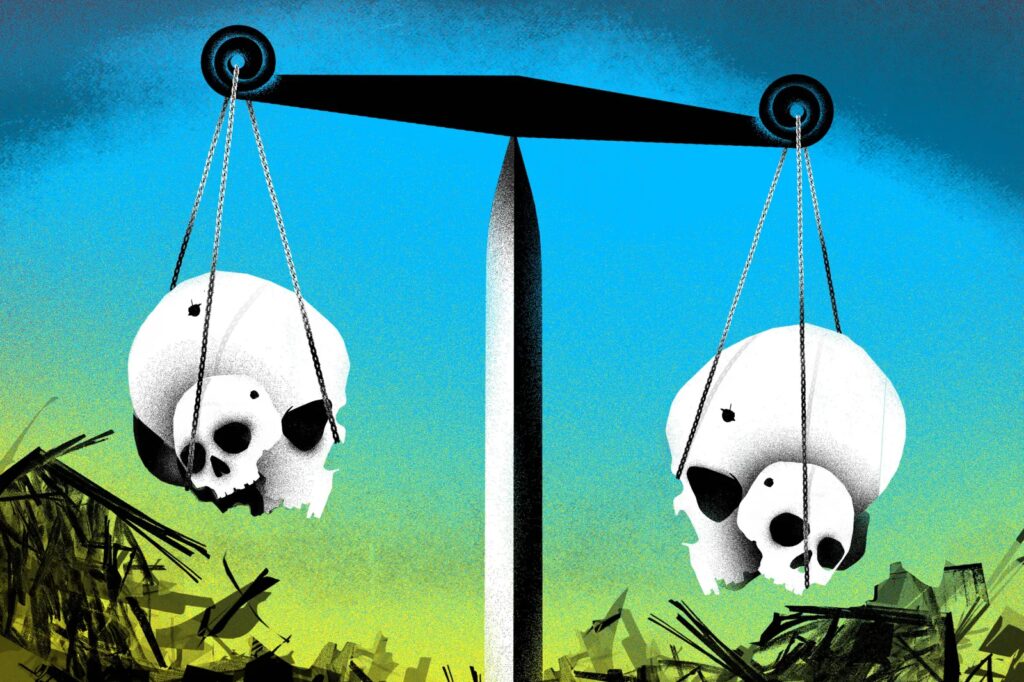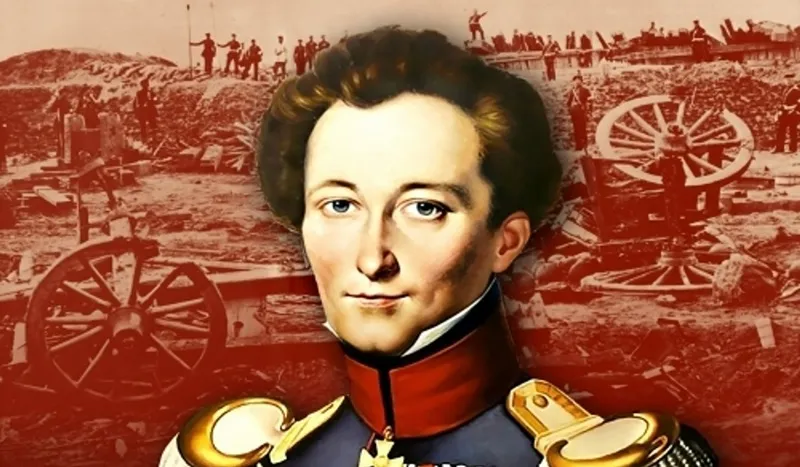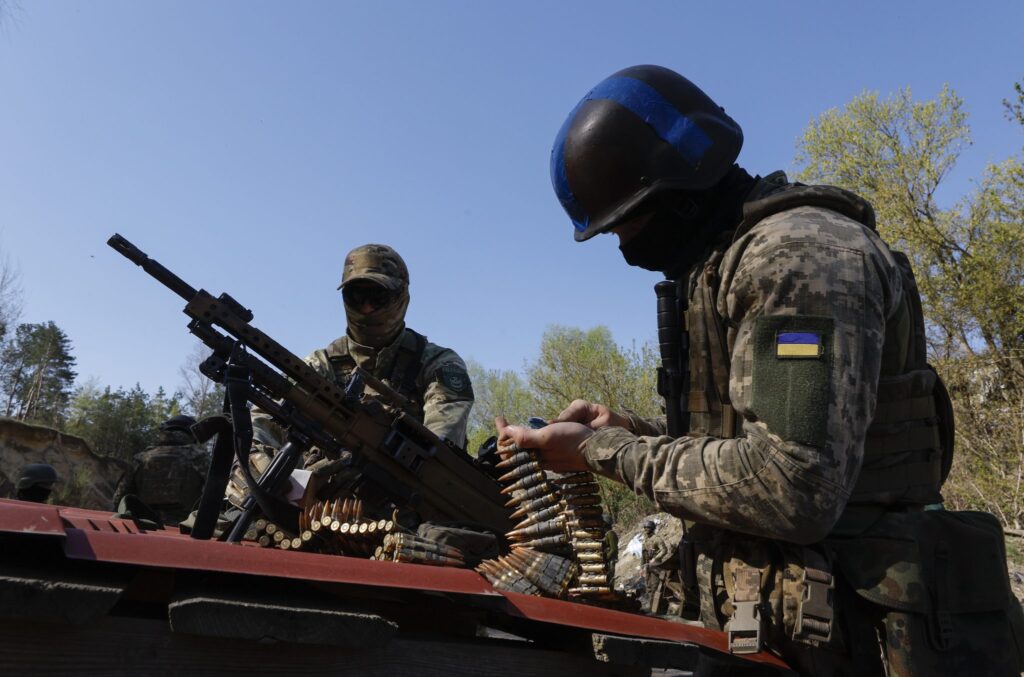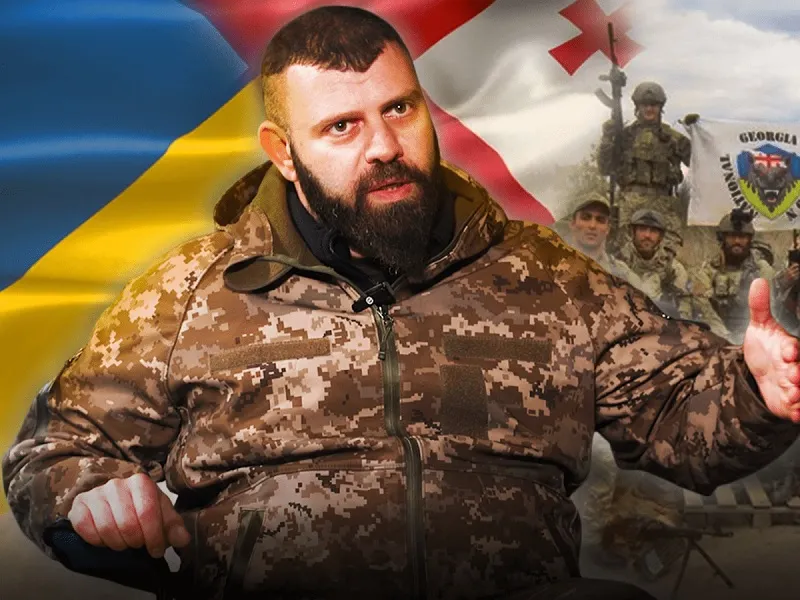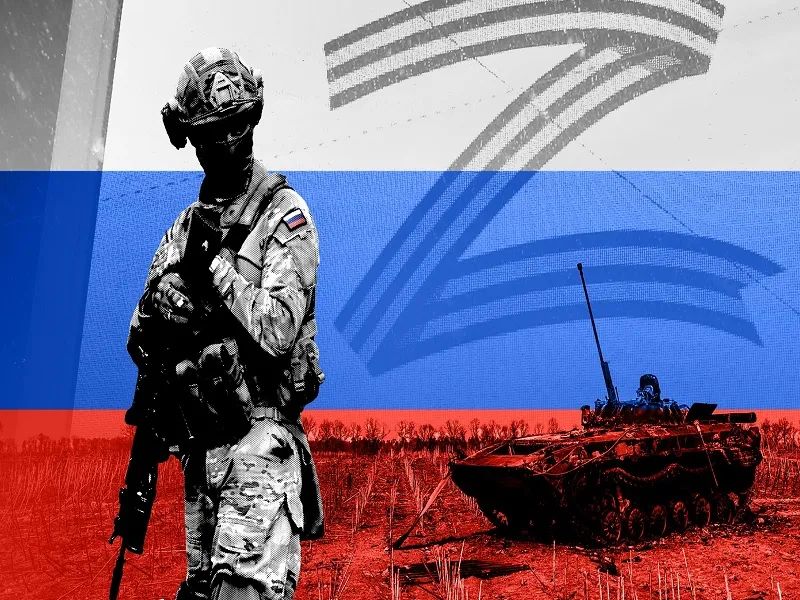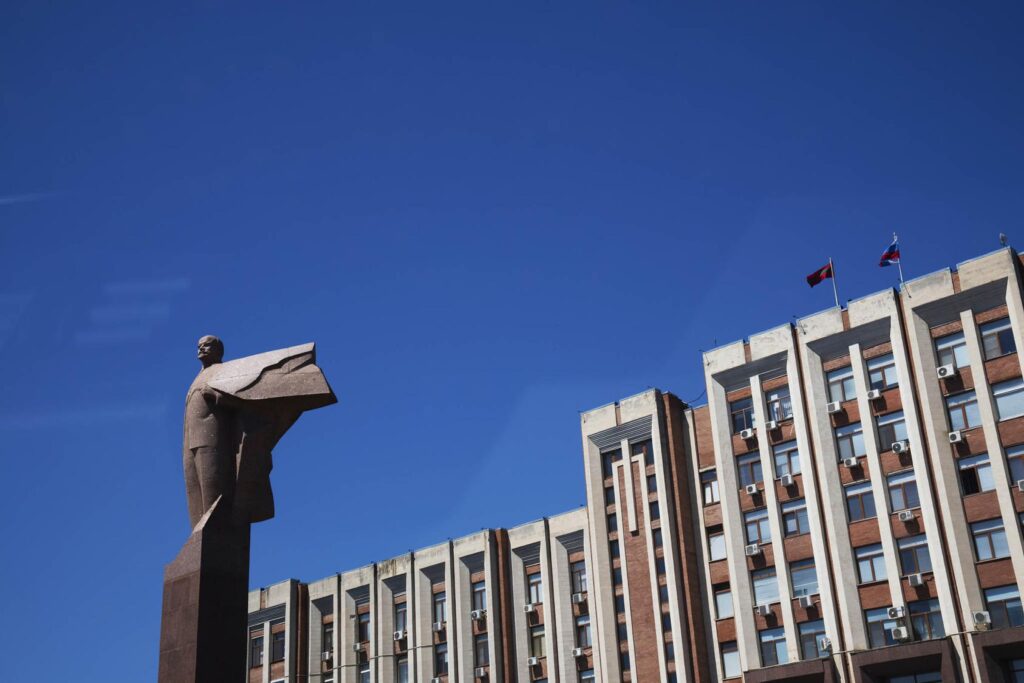La commémoration du Jour de la Victoire, pourquoi les élites occidentales veulent oublier
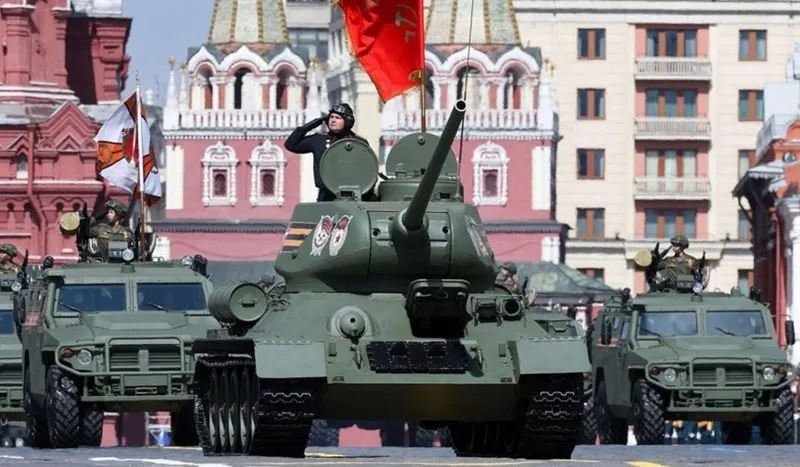
De nombreux citoyens ordinaires du monde entier, y compris aux États-Unis et en Europe, se joignent à la Russie pour honorer comme il se doit le jour de la Victoire.
L’historien russe Roman Shumov a bien saisi la signification sublime du jour de la Victoire. Il a écrit cette semaine : «Pour les Russes, le 9 mai n’est pas seulement la célébration d’un triomphe militaire, c’est la célébration de la victoire sur la mort».

